New Energy Vehicle Technology: Principle of Power Battery Cooling System
The development of new energy vehicles cannot be separated from the continuous innovation of power battery technology, while power Battery the cooling system is one of the keys to ensure battery performance and safety. The design principle of power battery cooling system involves thermal management, heat dissipation, temperature control and other aspects. The principle of power battery cooling system will be explained in detail below:
-
thermal management requirements:
- the power battery will generate heat during the working process. If the temperature is too high, it will affect the battery performance, life span and even cause potential safety hazards. Therefore, the primary task of the power battery cooling system is to effectively manage the temperature of the battery and ensure that the battery operates within the appropriate operating temperature range.
-
Cooling mode:
- power battery cooling system usually adopts liquid cooling or air cooling. The liquid cooling system transfers heat between the battery module or the monomer through circulating coolant, and carries the heat away to realize heat dissipation; The air cooling system reduces the battery temperature through air circulation or fan heat dissipation.
-
Heat transfer principle:
- the heat transfer principle of the power battery cooling system is to use the circulation of coolant or air to take away the heat generated in the battery. The coolant is sent around the battery through the circulation system, absorbs heat and then flows back to the cooler for cooling, forming a closed loop cycle. This can effectively control battery the temperature and ensure the stable operation of the battery.
-
Temperature control:
- the power battery cooling system also needs to be equipped with temperature sensors and controllers to monitor the temperature changes of the battery in real time and adjust the working state of the cooling system according to real-time data. When the battery temperature is too high, the system will automatically start cooling equipment to reduce the battery temperature and ensure the safety performance of the battery.
-
Coolant selection:
- the choice of coolant in the cooling system is also crucial. In general, the commonly used coolants include water, ethylene glycol aqueous solution, etc. Different coolants have different heat transfer performance and high temperature resistance performance, so it is necessary to select suitable coolants according to specific conditions.
-
Heat dissipation structure design
- the heat dissipation structure design of the cooling system is also one of the keys of the power battery cooling system. Reasonable heat dissipation structure can improve the heat dissipation efficiency, reduce the energy consumption of the system and prolong the service life of the battery.
Working Principle and design key points of power battery cooling system. The excellent power battery cooling system can effectively control battery the temperature, improve the safety, performance and service life of the battery, and provide important support for the development and promotion of new energy vehicles.
 Dongguan Juneng New Energy Technology Co., Ltd.
Dongguan Juneng New Energy Technology Co., Ltd.
 137 5142 6524(Miss Gao)
137 5142 6524(Miss Gao)
 susiegao@power-ing.com
susiegao@power-ing.com
 Xinghuiyuan High tech Industrial Park, Dalang Town, Dongguan City, Guangdong Province
Xinghuiyuan High tech Industrial Park, Dalang Town, Dongguan City, Guangdong Province


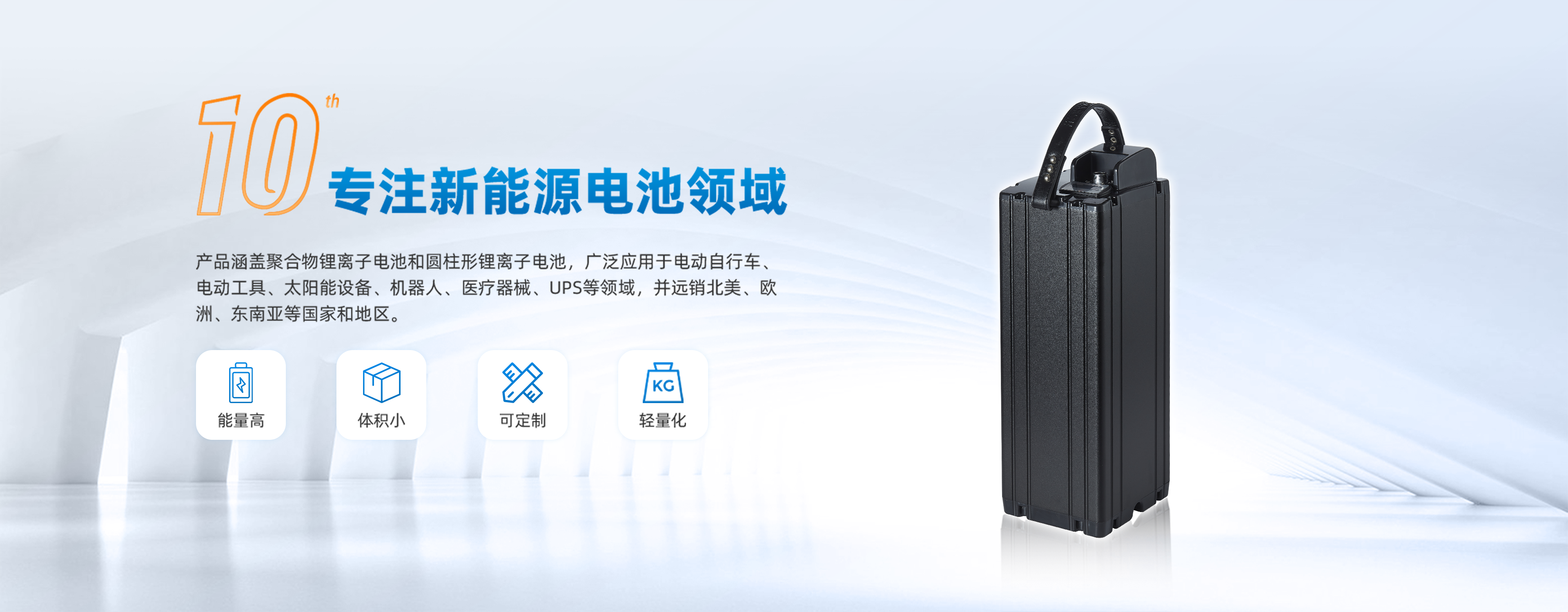
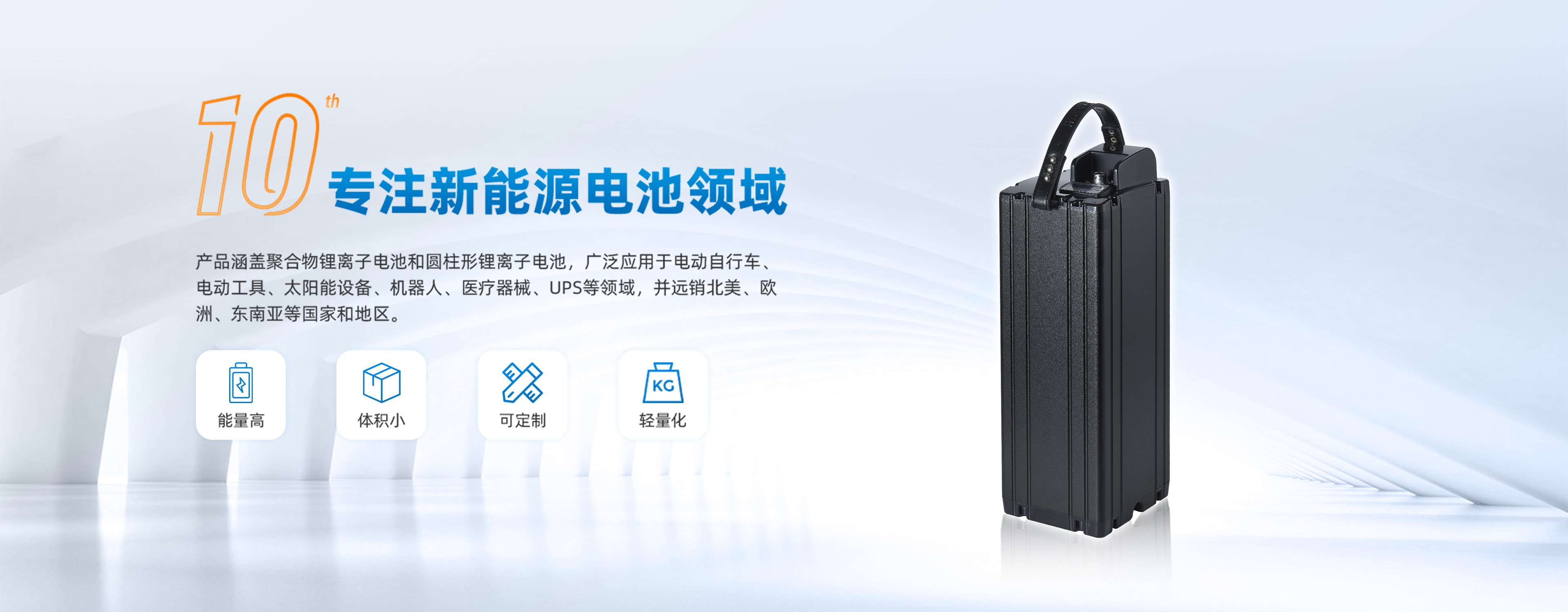
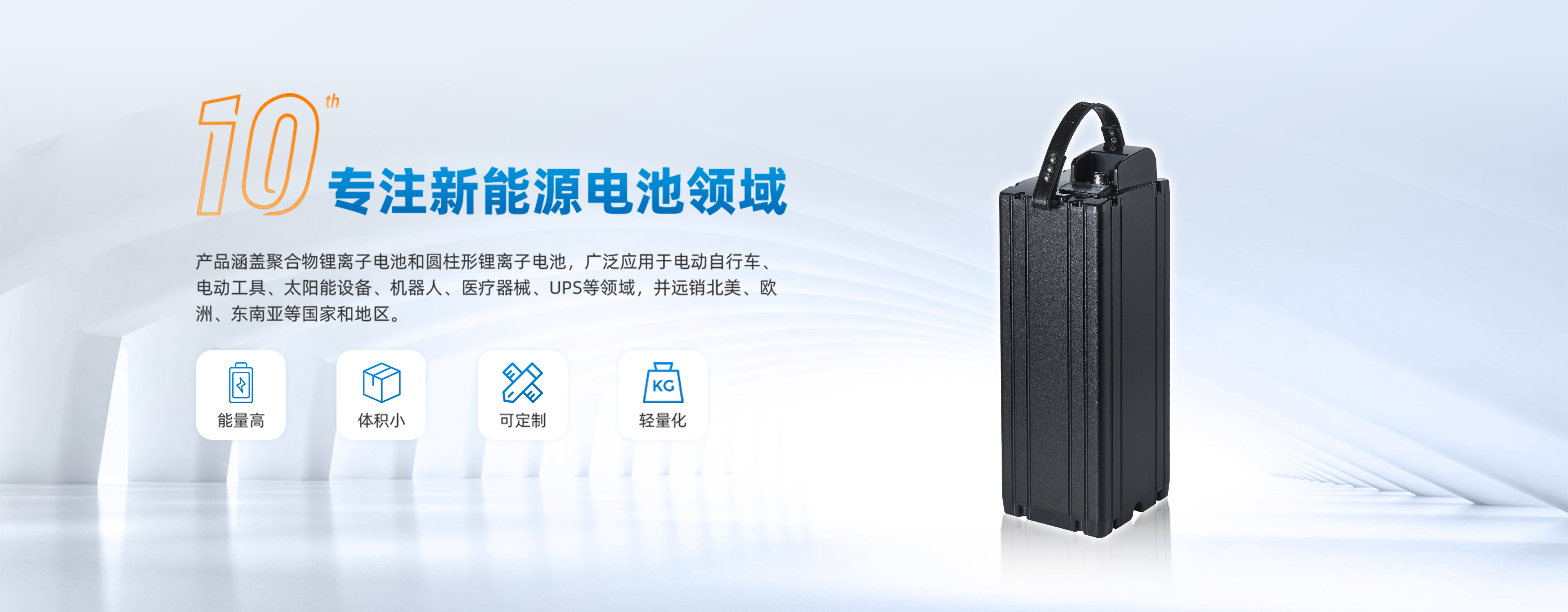



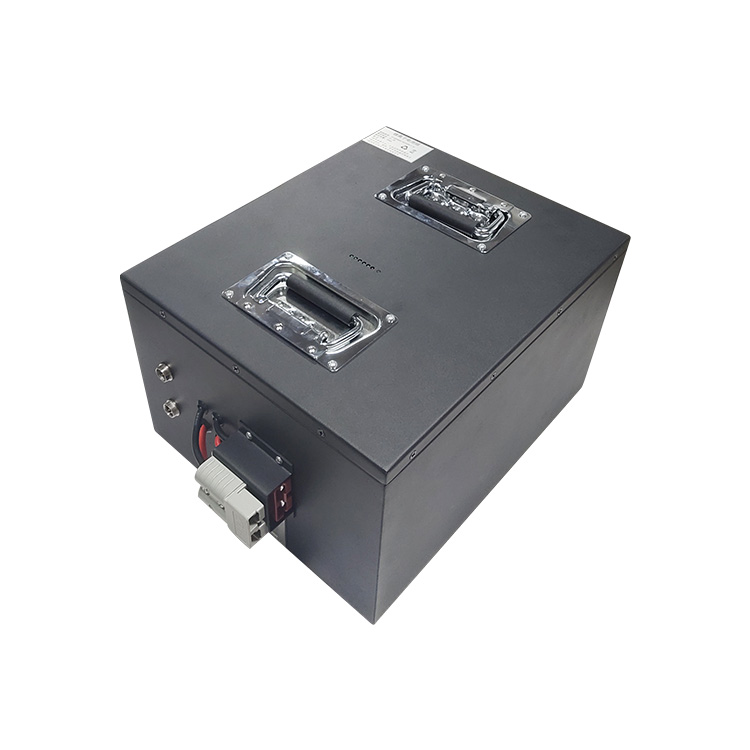


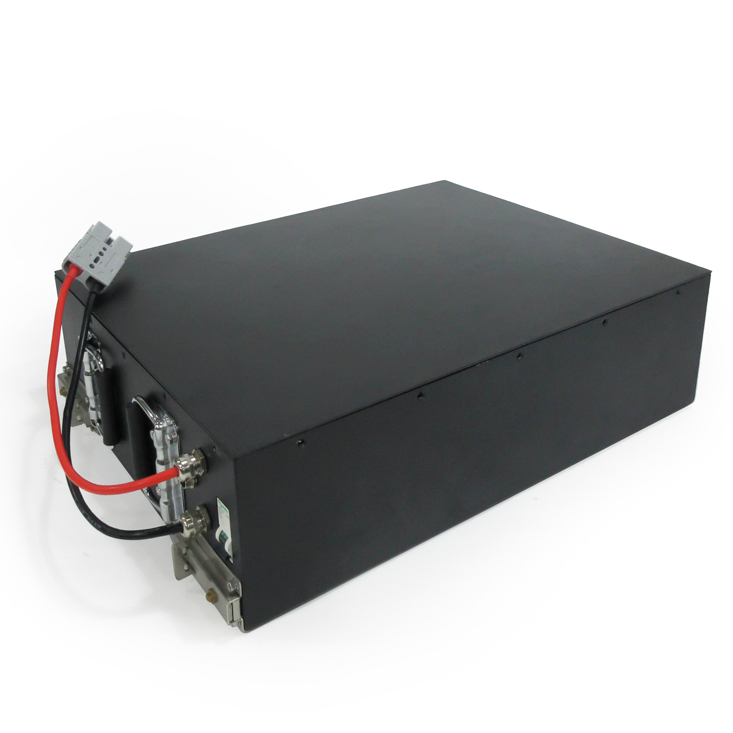

 Yue Gong Wang An Bei No. 4419002007491
Yue Gong Wang An Bei No. 4419002007491